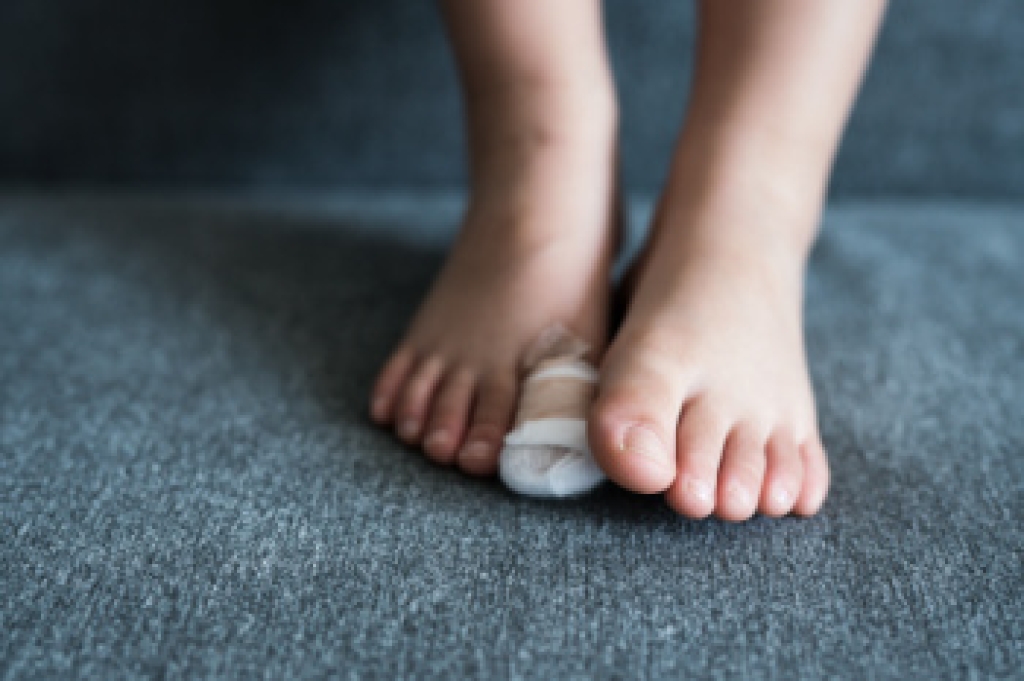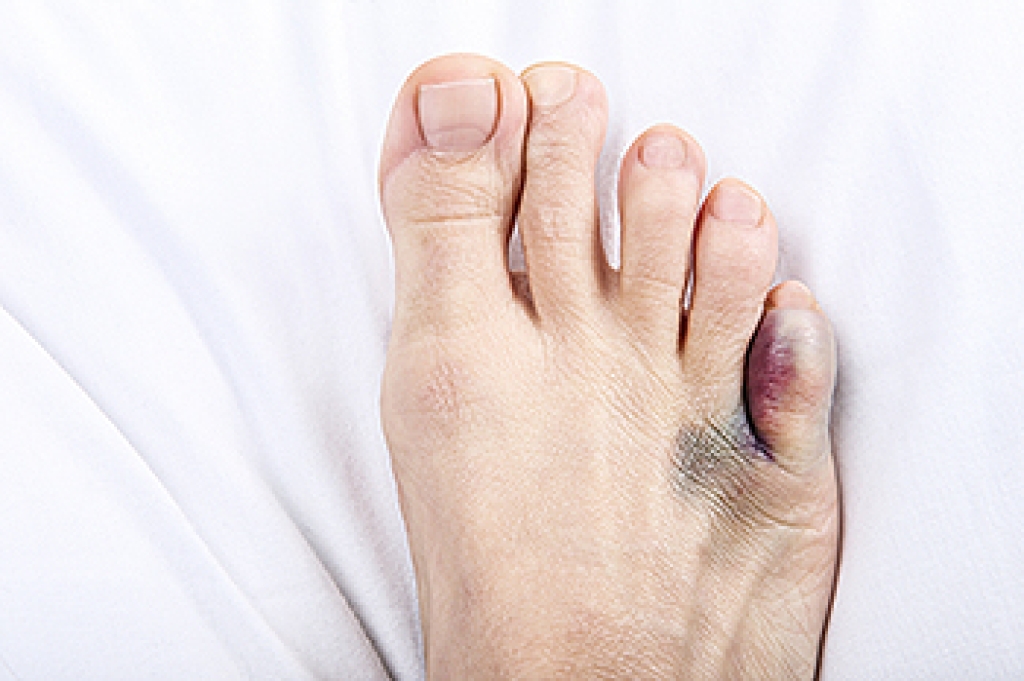
A broken toe occurs when one of the toe bones cracks or breaks, often from a heavy object falling on the foot, stubbing the toe on a hard surface, or accidentally banging it during daily activities. Symptoms include swelling, sharp or throbbing pain, tenderness when walking, and sometimes a discolored toenail from underlying injury. The toe may also appear bruised or slightly out of alignment. A podiatrist can confirm the fracture with an exam and imaging, provide proper stabilization, and guide healing to prevent long-term problems. If you think you have broken your toe or feel persistent pain and swelling, it is suggested that you promptly consult a podiatrist who can offer effective treatment solutions, ensuring proper healing.
Broken toes may cause a lot of pain and should be treated as soon as possible. If you have any concerns about your feet, contact Scott Amoss, DPM from Advanced Foot & Ankle Specialists. our doctor will treat your foot and ankle needs.
What Is a Broken Toe?
A broken toe occurs when one or more of the toe bones of the foot are broken after an injury. Injuries such as stubbing your toe or dropping a heavy object on it may cause a toe fracture.
Symptoms of a Broken Toe
- Swelling
- Pain (with/without wearing shoes)
- Stiffness
- Nail Injury
Although the injured toe should be monitored daily, it is especially important to have a podiatrist look at your toe if you have severe symptoms. Some of these symptoms include worsening or new pain that is not relieved with medication, sores, redness, or open wounds near the toe.
If you have any questions please feel free to contact our offices located in Whiting and Toms River, NJ . We offer the newest diagnostic tools and technology to treat your foot and ankle needs.




